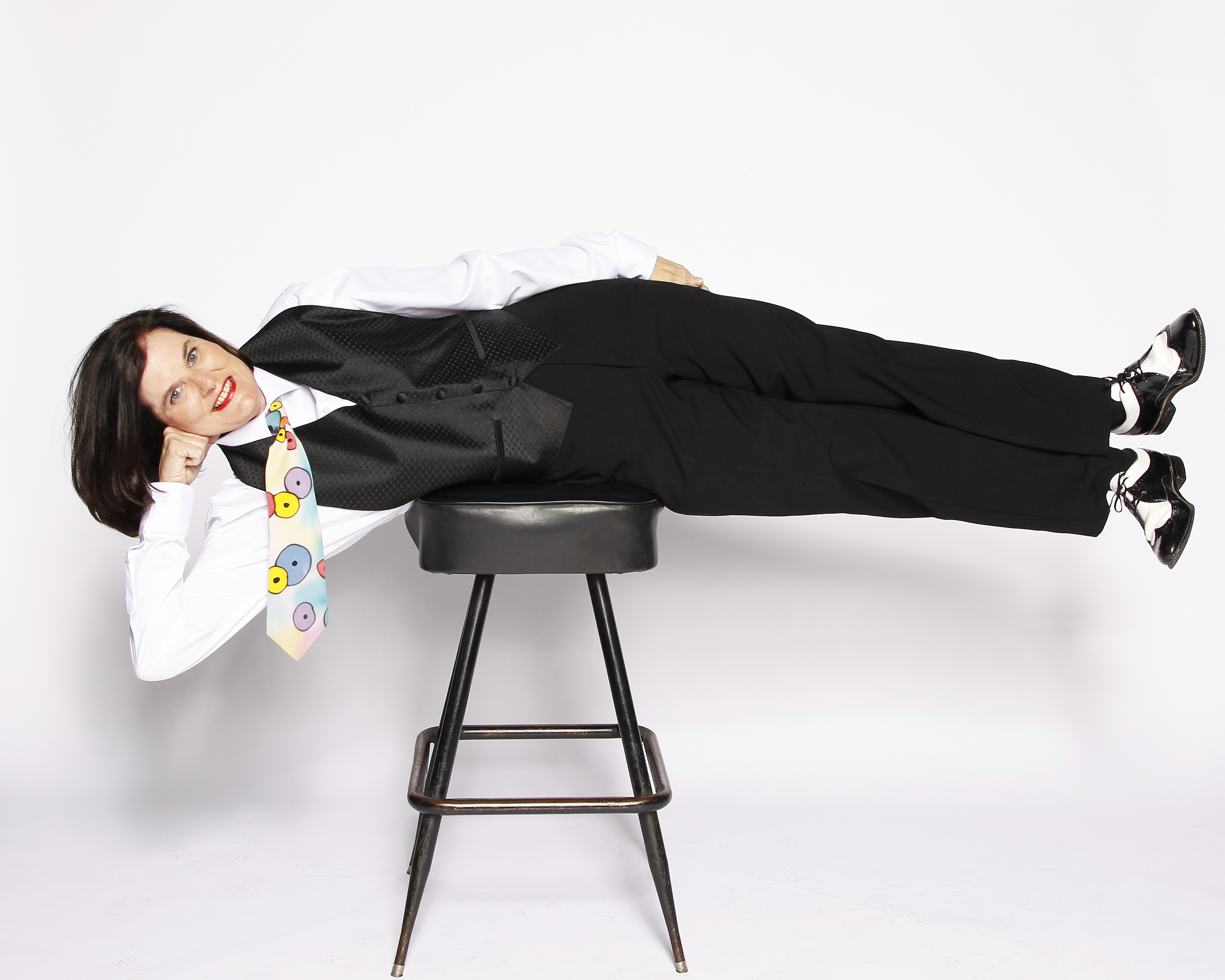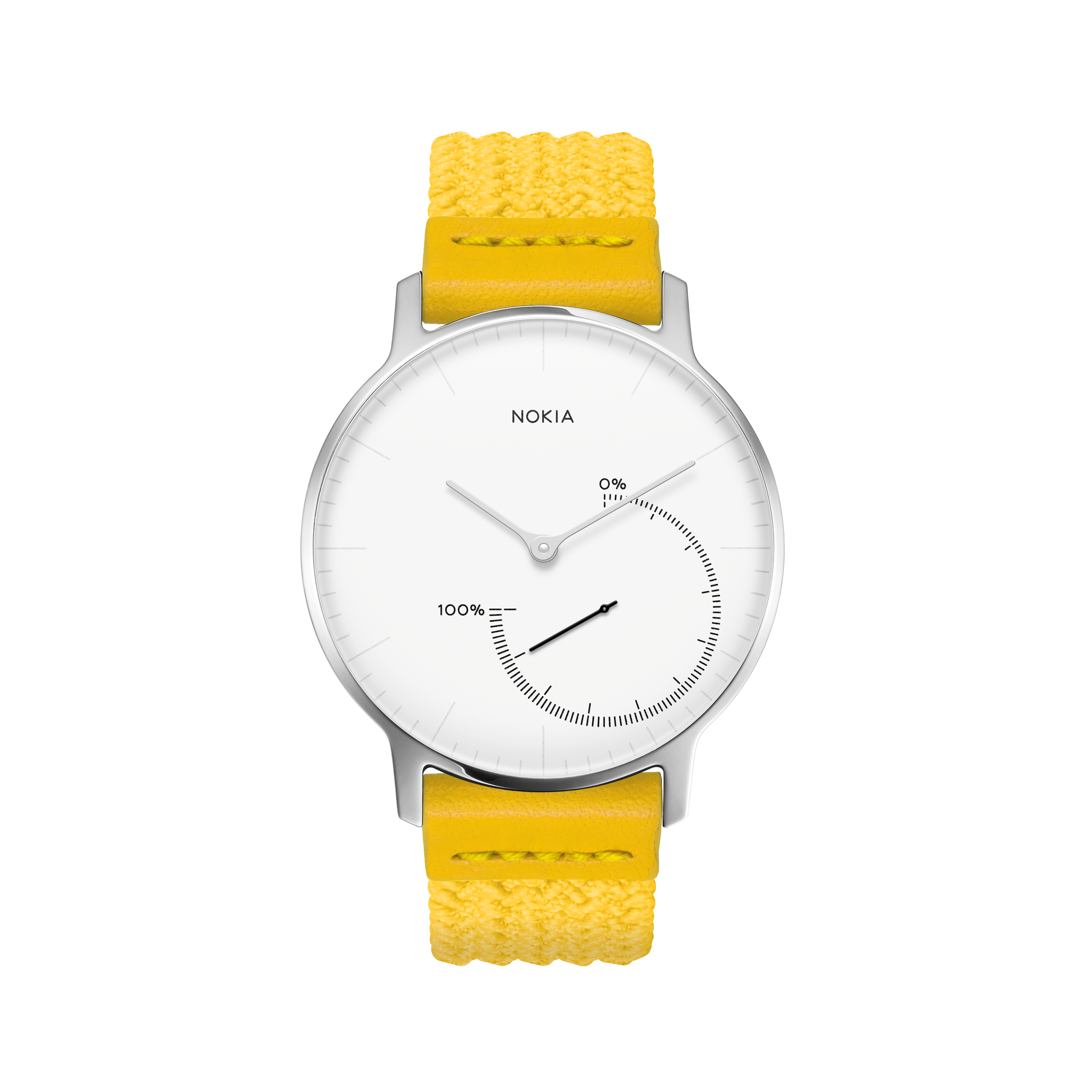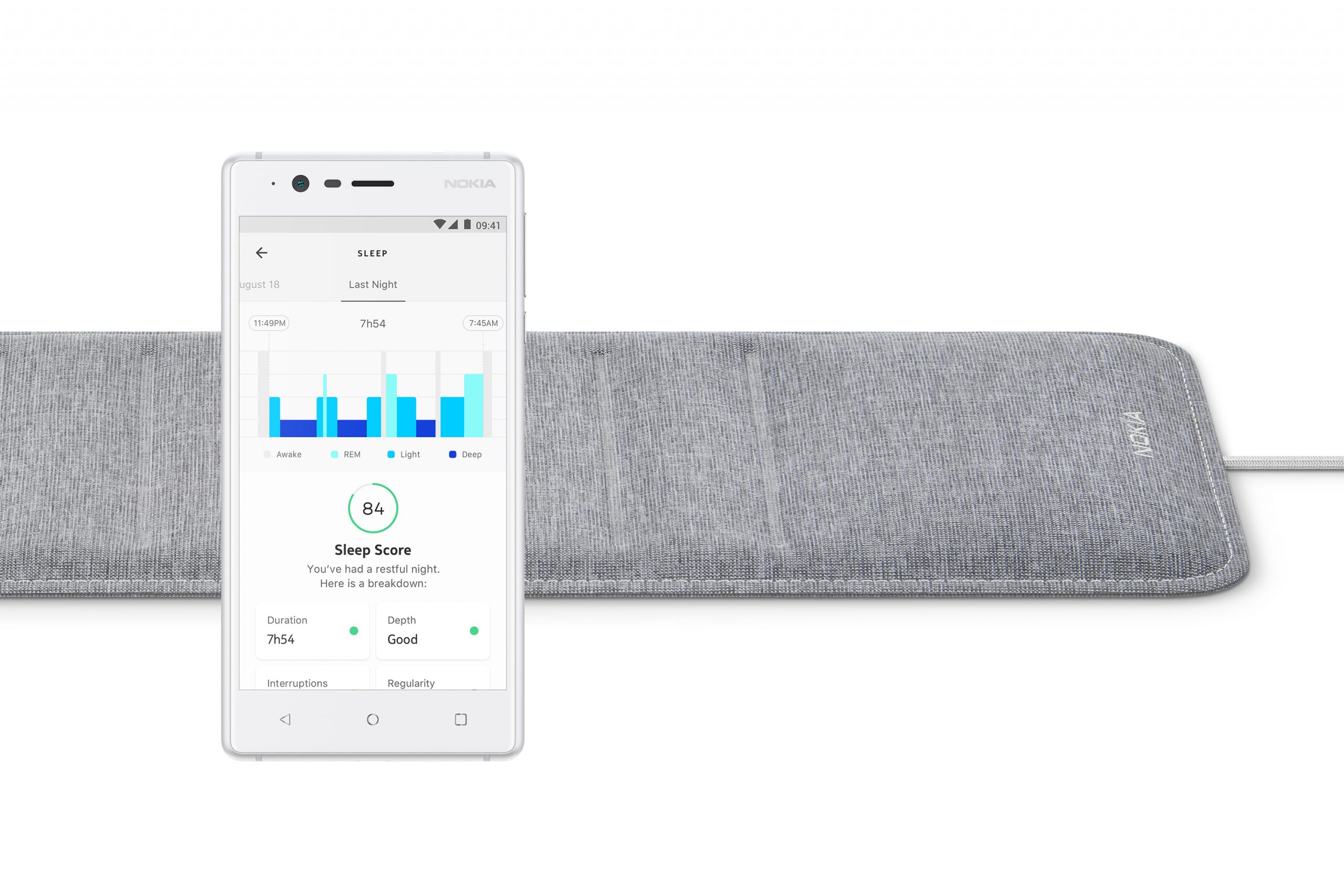
Ever wondered what really makes people happy? One of the funniest people on the planet wanted to know, and decided to find out the answer for herself.
In a quest for happiness, comedian Paula Poundstone acted as her own test subject, immersing herself in a wide variety of potential happiness-inducing activities to see if any of them held the key to unlocking a blissful state of being. Poundstone recorded the findings and shares them in her new book, The Totally Unscientific Study of the Search for Human Happiness.

Like many of us, Paula wondered if there is a secret to happiness. She then mused, “I don’t know how or why anyone would keep it a secret. It seems rather cruel, really . . . Where could it be? Is it deceptively simple? Does it melt at a certain temperature? Can you buy it? Must you suffer for it before or after?”
These are just some of the questions Poundstone seeks to answer in the book. When I asked Paula about what sparked her inspiration to write the book, she explained that it started with a fantasy that she could do all these fun things and have someone else pay for it. The reality of her insane work schedule—which includes performing comedy on the road at least four nights a week, all while raising three kids as a single mom and caring for a plethora of pets—left little time for anything else. The idea of escaping her regular routine to try all these new activities was extremely appealing.
Paula sold the idea to the publishers, but soon realized they did not intend to foot the bill for any of the activities in her experiments. Luckily for us, she decided to write the book anyway, because the chance to explore something she was genuinely curious about in a purposeful way was too intriguing to pass up.
Each chapter in the book is a different experiment. Some are short one-day experiments, but chapter one, the “get fit experiment,” took several months of hardcore training with a Taekwondo master in Santa Monica to complete. During this time, Paula went from struggling to string together a couple of jump ropes in a row to doing 500! She also progressed from being uninitiated in pushups to performing 30 military pushups in a row. During her intense workout sessions, she learned how to perform strikes and kicks, how to breathe, and even how to meditate.
In order to spar with her four-time world champion of a teacher, she wore tons of padding, which she says made her resemble the Michelin man. Still, she was often too mesmerized by the power of her teacher’s strikes to focus on fighting back, especially when he would simultaneously coach and yell strategy to her, all of which she found quite distracting.
Paula confessed that during the workouts and immediately after them, she would not necessarily feel happy. In fact, sometimes she felt like she might pass out or vomit, but the overall experience of being so physically active and getting into great shape did bring her happiness.
To make her data as credible as possible, Paula stopped doing each activity before starting a new one so she could accurately measure its “happy effect.” Paula regrets not returning to many of the activities that made her happy, including the workouts that had gotten her into tight legging-wearing shape. However, she does her best to stay active despite the challenges of her daily routine. She works standing up, not just as a stand-up comedian on stage, but also when writing and coming up with her material. She also only allows herself to watch her favorite TV series if she is on the treadmill. She currently binge watches episodes of Breaking Bad four miles at a time.
This book took Paula seven years to write. In addition to descriptions of various experiments, including driving a Lamborghini at top speed, communing with nature, and volunteering at a rest home, the book is also filled with insights and discoveries she made about herself and her family during those years. For example, Paula’s son developed an electronics addiction, which led Paula to investigate the science behind electronics addiction and the danger of screens to consume too much of our attention, robbing us of human connection and true happiness.
Most importantly, Paula discovered the unromantic truth about happiness. She explains, “It’s not the way it looks in the movies. There is no joy in happiness.” According to Paula, true happiness is created by biochemical reactions that certain activities are more likely to kick off—activities like exercise, healthy eating, and good sleep habits—and is different from the temporary joy felt from engaging in activities that give us short-term rewards. Even knowing this, Paula admits it is hard to live accordingly.
Speaking of sleep, Paula believes that one of her biggest hurdles to happiness is her erratic sleep schedule. A few nights each week, she gets only 2 hours of shut-eye in a bed and then 2-4 hours on an airplane. Fortunately, she has no trouble sleeping on planes, but her neck always ends up in a compromised position. She suggests, “Maybe they could hang the jackets in first class on my neck.” Different cities, time zones, and hotel beds make it hard to get the right amount and quality of slumber.
When asked how she measures happiness, Paula explained that she invented her own system. A Hep is a small amount of happiness, while a Balou is a large amount of happiness. There are about 4 Heps in each Balou. Paula brings a Balou of happiness to her audiences every night. When asked if performing makes her happy, the answer was a resounding yes. She explained, “I am the luckiest person to do what I do, and I spend most nights in a room full of people laughing. The audience is my best friend.”
Paula confides that she used to be afraid to meet individual fans, because she feared they would realize she was an “idiot” and be disappointed in the off-stage version of herself. “I didn’t want to blow their fantasy of me as funny or nice.” But now, 99% of the time she spends a full hour after her show talking to her fans and signing autographs. She loves it, because she gets to hear stories about how they relate and connect to her material. Many of them will share that they felt as if they were the only ones who had thought or experienced something until they heard her describe and joke about it in her act—and that is the part that makes Paula the most happy.
During her experiment, Paula suffered some very serious personal losses that tested her. One of her dogs died, and then a dear friend passed away. Paula believes that although she was devastated and extremely sad, she was not completely pulled under by these events because some of these experiments, especially the rigorous exercise, helped her process the emotional pain.
Paula says she hopes people will use the experiments in her book as a guide to creating their own umbrella, so that when the rain of life comes down, they too can be happy.
***
To find out more about the book launch and shows, you can follow Paula on Twitter @paulapoundstone




